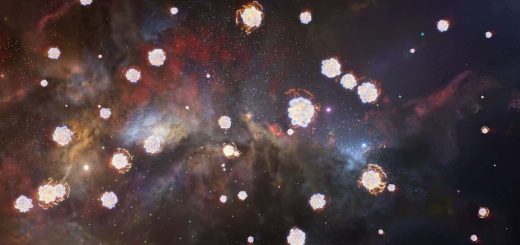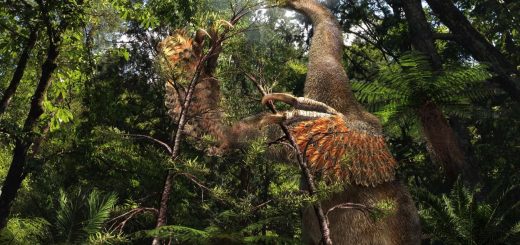Scientists created a ‘giant quantum vortex’ that mimics a black hole
Black holes can be difficult to study, so researchers have made a powerful quantum vortex in a tank of superfluid helium that acts as a simulation of a black hole
By Leah Crane
17 January 2024
Researchers created a tornado-like vortex in superfluid helium
Kichigin/Shutterstock
A giant quantum vortex may allow researchers to study black holes. This vortex is an eddy in a special form of liquid helium that displays quantum effects. The result has some properties similar to black holes, allowing it to act as a sort of simulator.
In the areas around black holes, the rules of gravity and quantum mechanics interact, leading to effects that are not observable anywhere else in the cosmos. This makes those regions particularly important to study. “There’s all this interesting physics that occurs around black holes, but so much of it is out of reach,” says Silke Weinfurtner at the University of Nottingham in the UK. “So we can use these quantum simulators to investigate the phenomena that happen around black holes.”
To build their quantum simulator, Weinfurtner and her colleagues used superfluid helium, which flows with extraordinarily low viscosity – 500 times lower than that of water. Because it moves without friction, this form of helium exhibits unusual quantum effects, and it is known as a quantum fluid. The researchers placed the helium in a tank with a spinning propeller at the bottom. As the propeller rotated, it created a tornado-like vortex in the fluid.
Advertisement
Read more
Rethinking reality: Is the entire universe a single quantum object?
“While similar vortices have been made before in physical systems other than superfluid helium, their strength is typically at least a couple of orders of magnitude weaker,” says Patrik Švančara, also at the University of Nottingham and part of the team. The strength and size of the vortex are crucial for generating interactions between the vortex and the rest of the fluid in the tank that are significant enough to observe.
The vortex in this work measured several millimetres across, much larger than other stable vortices that have been created in quantum fluids in the past. Creating such a large vortex is difficult because in quantum liquids, rotation can only occur in tiny “packets” called quanta, which are essentially small vortices. When many of them are clustered together, they tend to become unstable, but the experimental set-up here allowed the researchers to combine about 40,000 quanta of rotation together to form what they call a giant quantum vortex.


